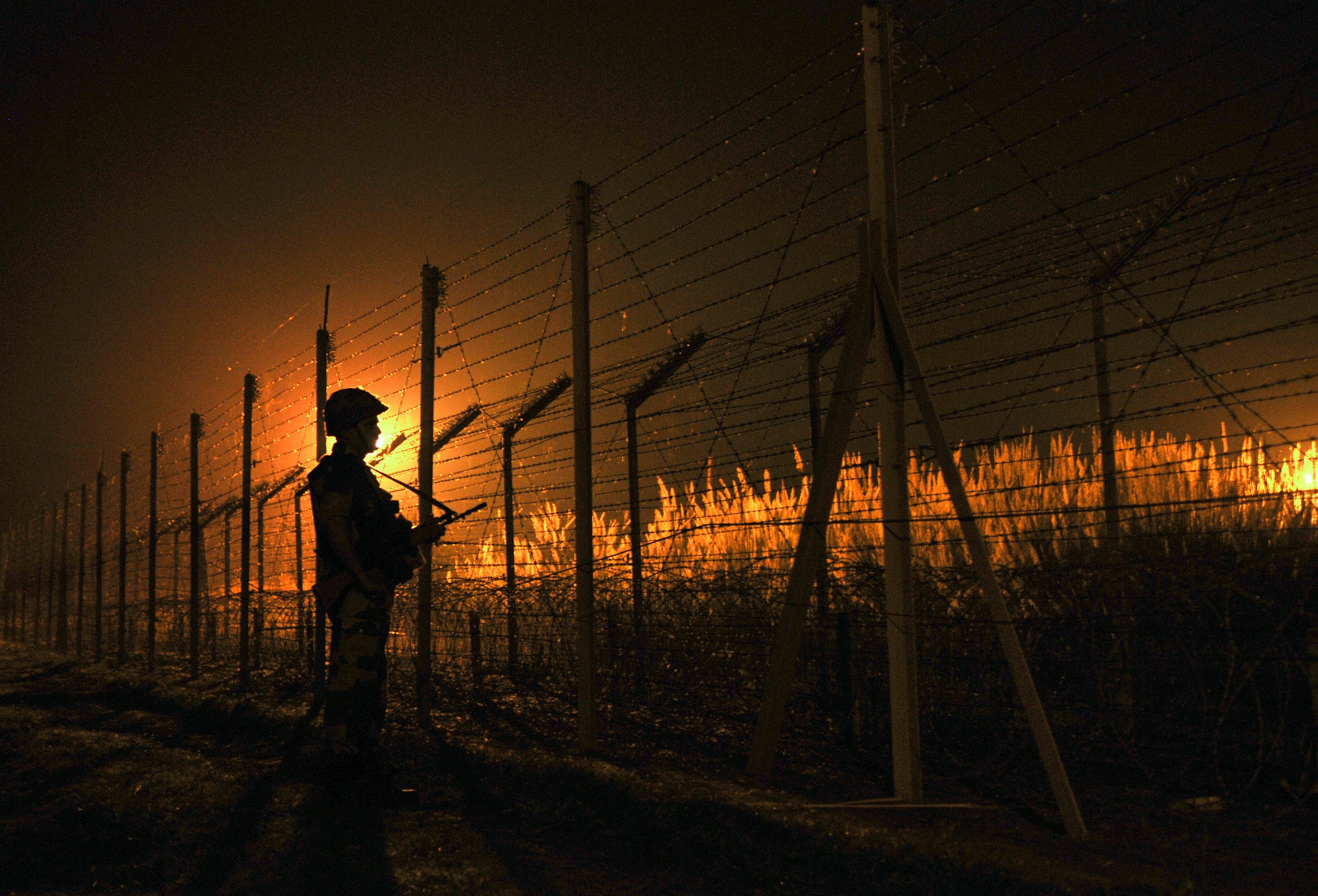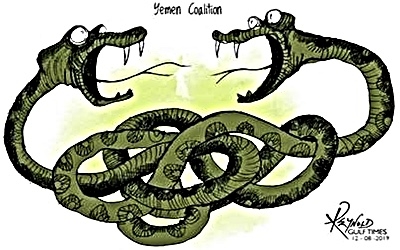 Recent days have seen the most dangerous confrontation between Pakistan and India for two decades. A suicide-bombing in Kashmir (by an Indian Kashmiri), followed by tit-for-tat sorties by Indian and Pakistani warplanes, have left the two nuclear-armed powers on the brink of a catastrophic stand-off. Why is Kashmir so often the flashpoint?
Recent days have seen the most dangerous confrontation between Pakistan and India for two decades. A suicide-bombing in Kashmir (by an Indian Kashmiri), followed by tit-for-tat sorties by Indian and Pakistani warplanes, have left the two nuclear-armed powers on the brink of a catastrophic stand-off. Why is Kashmir so often the flashpoint?
When the colonial power, Britain, withdrew from India in 1947 it left a legacy of carelessly or arbitrarily drawn borders. Tensions between India and China flare on occasion along India’s far north-eastern border, in the state of Arunachal Pradesh. Pakistan, too, is beset by difficult borders. Afghanistan, to the north, has long been a hostile neighbour. But the borders in Kashmir, where Pakistan, India and China all have competing claims, are the most contentious.
Come independence, it was clear that many Indian Muslims were determined to break off from the Hindu majority. It fell to a British civil servant, who knew nothing of the region, to draw a line of partition between territory that would become Pakistan and India. Pakistan was given Muslim-dominated areas in the north-west, plus territory in the east (which itself won independence as Bangladesh in 1971). The rulers of some disputed areas, notably Kashmir, were told to choose which country to join.
















/arc-anglerfish-arc2-prod-mco.s3.amazonaws.com/public/634UOT4GD5AWTDQ3RI6STDVFII.jpg)
